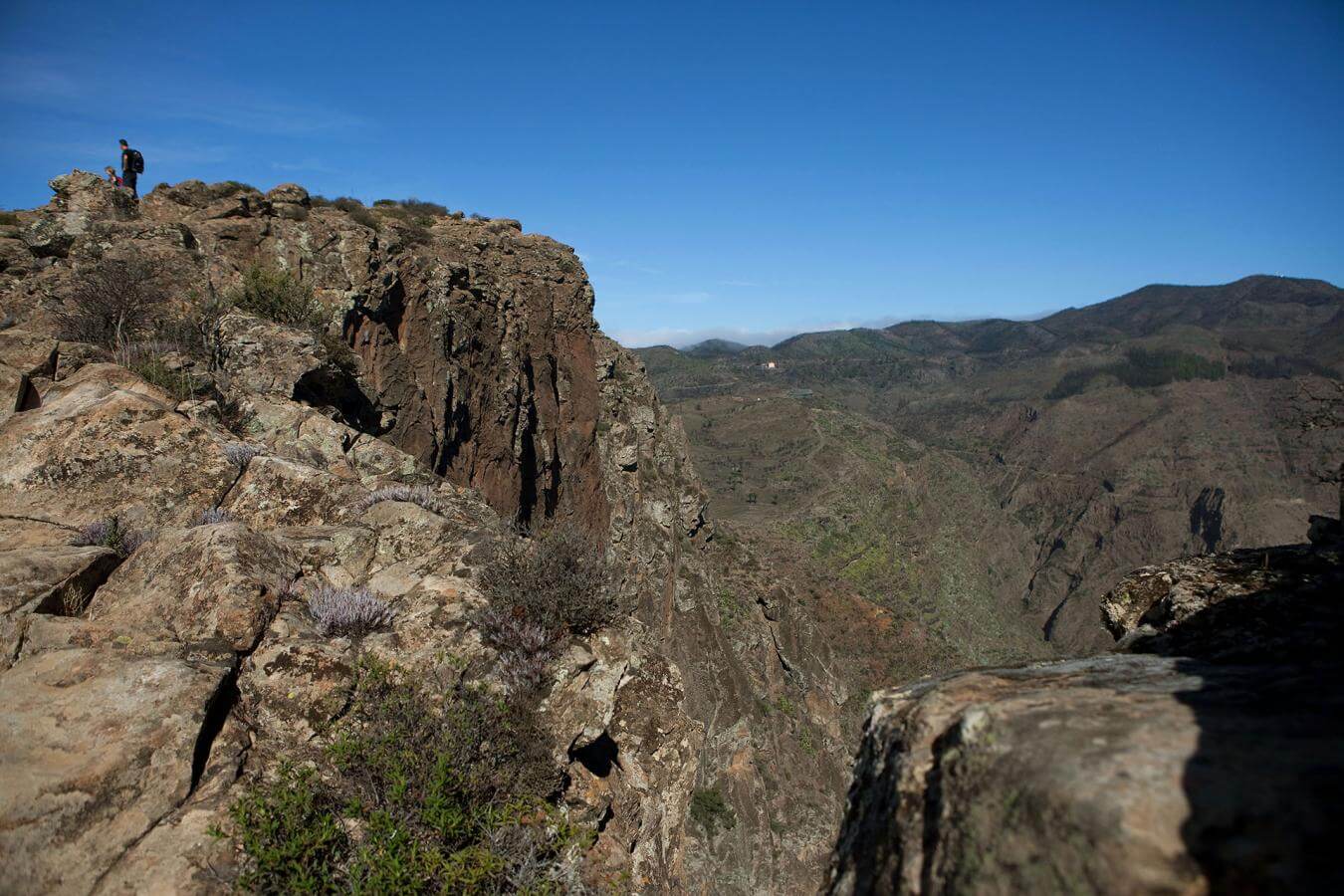La Gomera’s historic whistled language has been declared by UNESCO as an example of intangible Cultural Heritage of Humanity.

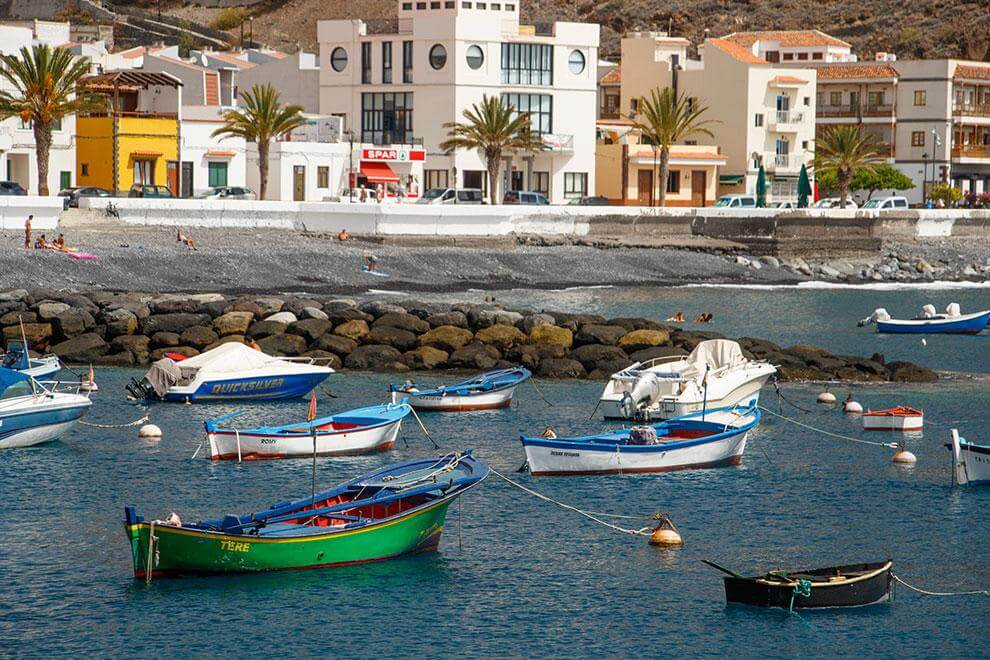

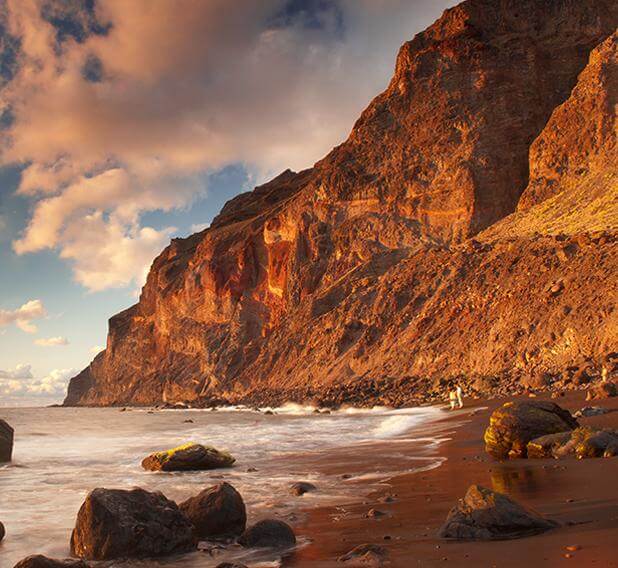


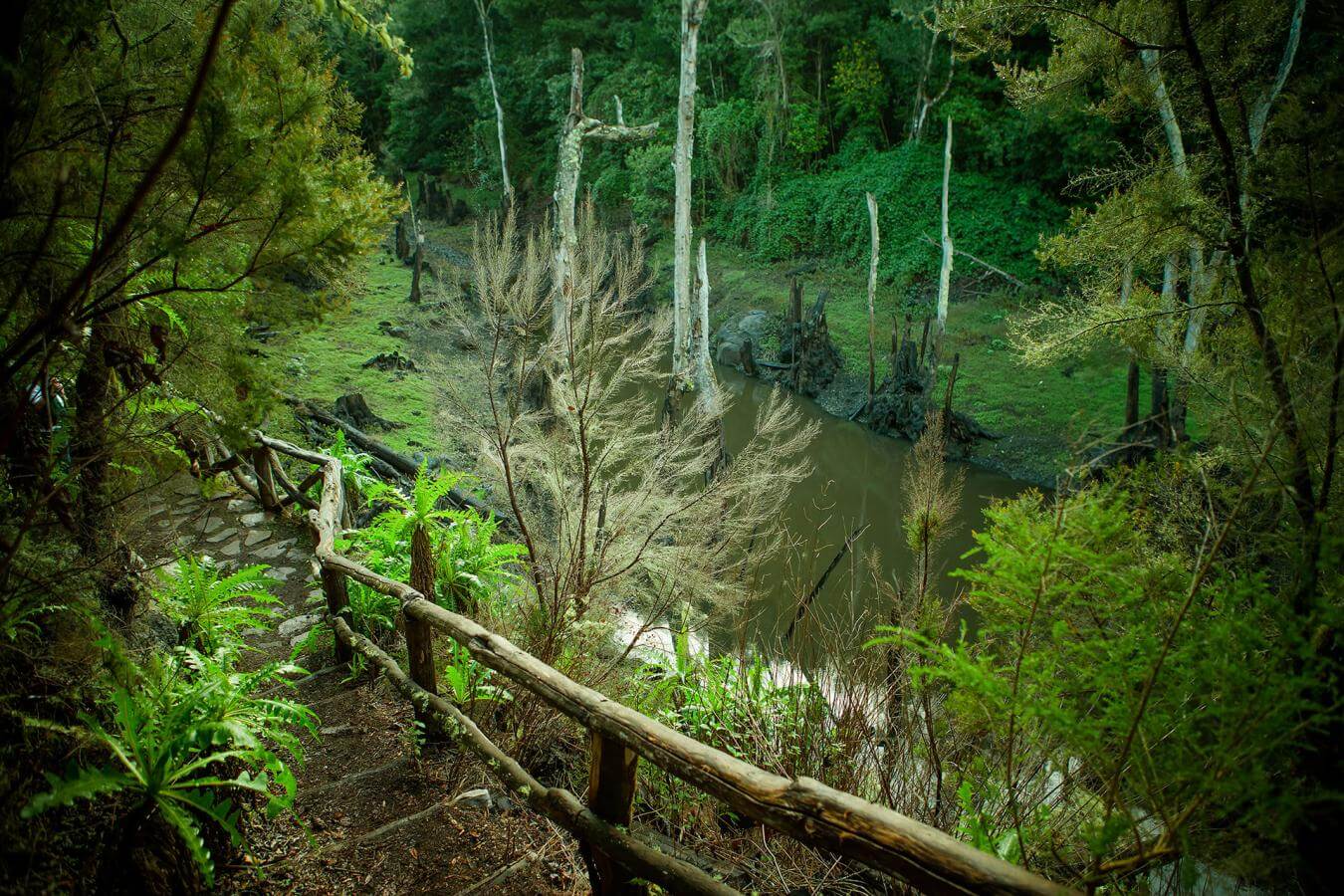
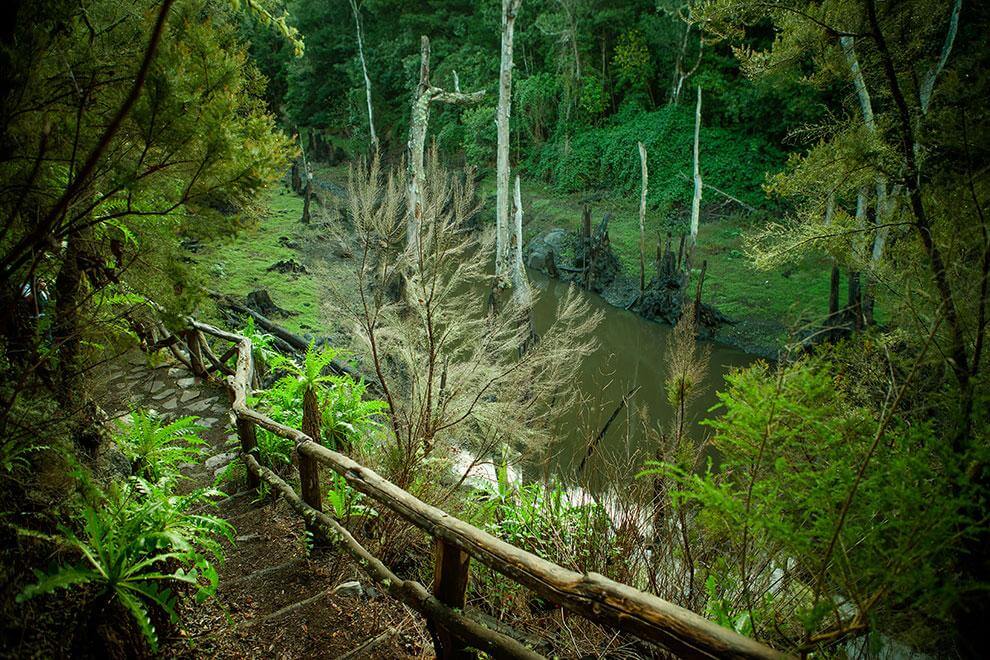

The whistled language of La Gomera moves like magic. A whistler can soar like a bird, overcome the height of a mountain, cross a dizzying gorge, scramble down a valley and traverse through a thick laurel forest. A whistler can reach out into the deep blue Atlantic Ocean. A whistler can arrive anywhere as fresh as the wind.
The whistle, whose speech sounds have a structure which is unique in the world, dates back to before the time more than five centuries ago when Chrisopher Colombus used La Gomera as his final stopping off point before setting sail for America. “At home me and my sister whistle,” says 16-year-old Zaida Correa. “At a party we can use it to tell a friend to go on a mission to get something from across the square. Also, if I go on a trip…[Correa pauses and points to the mountains which surround the hermitage of San Juan in the municipality of Vallehermoso] you can see that in nature it is very useful,” he adds. Correa is right. The whistled language of La Gomera can travel distances of up to three or four thousand metres.
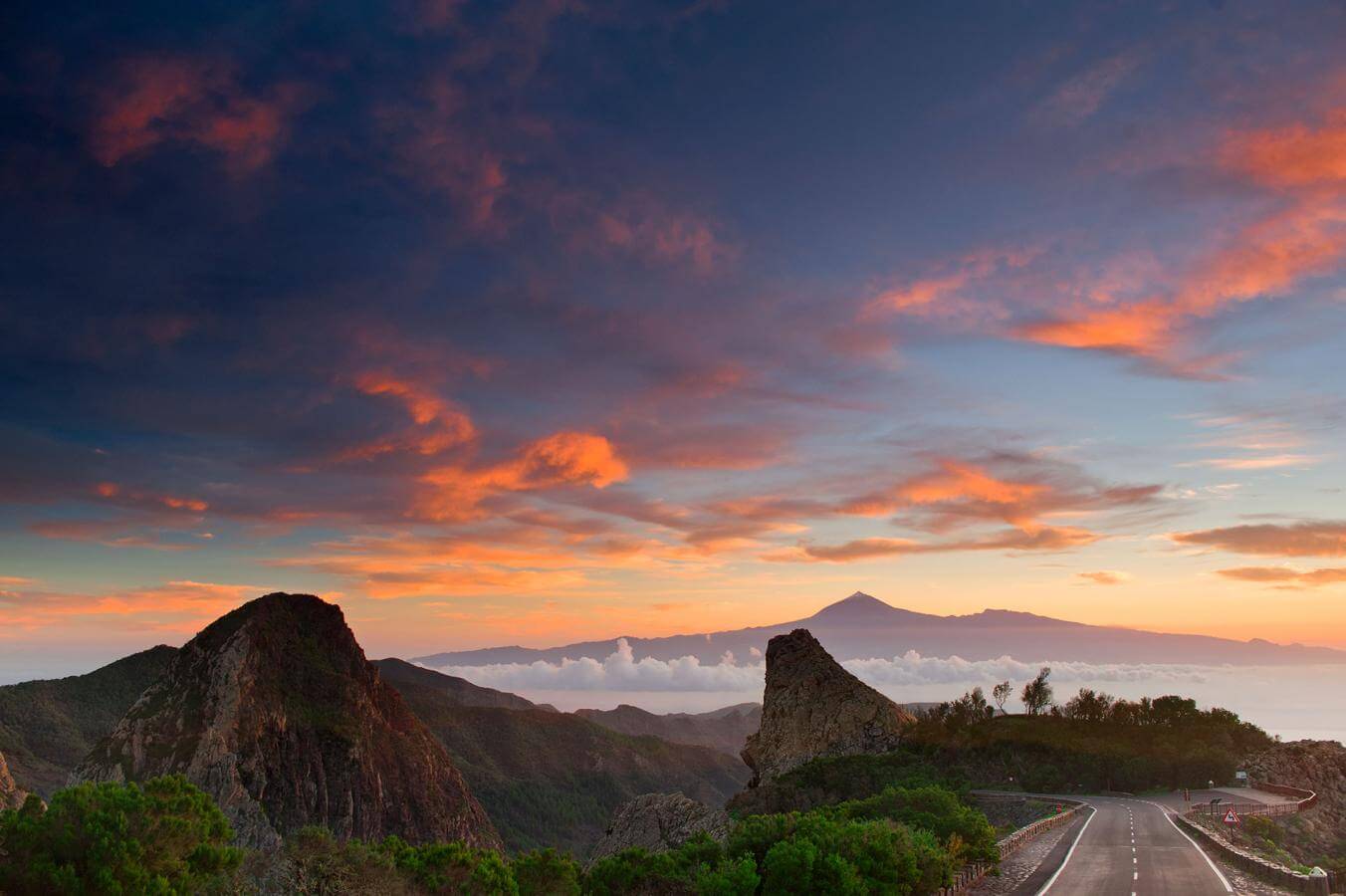
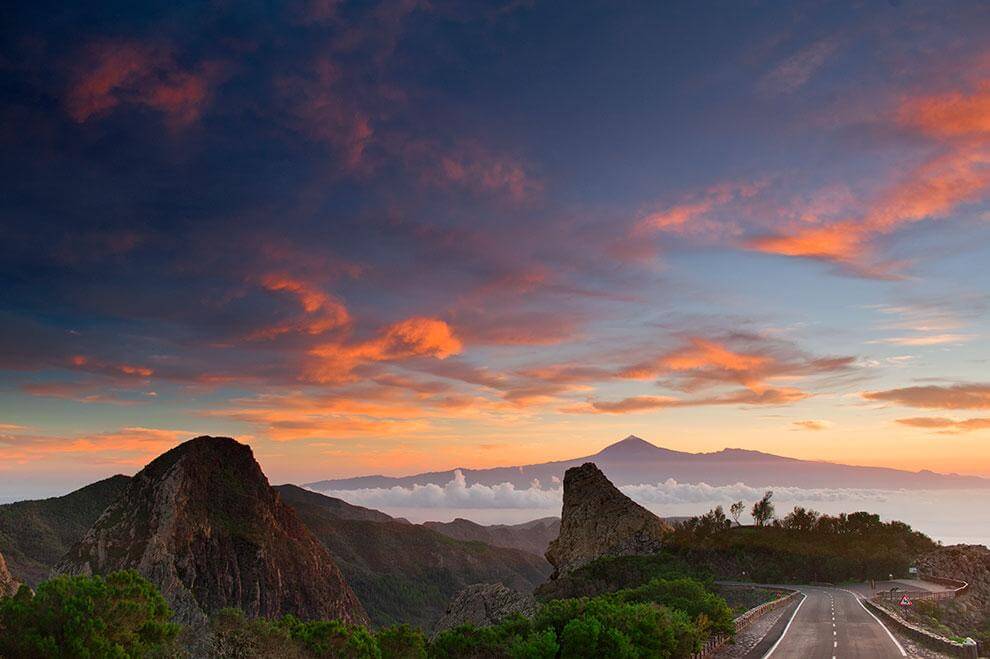

There is no other language in the world other than the La Gomera whistled which has such a fully developed structure and which is used by so many people.
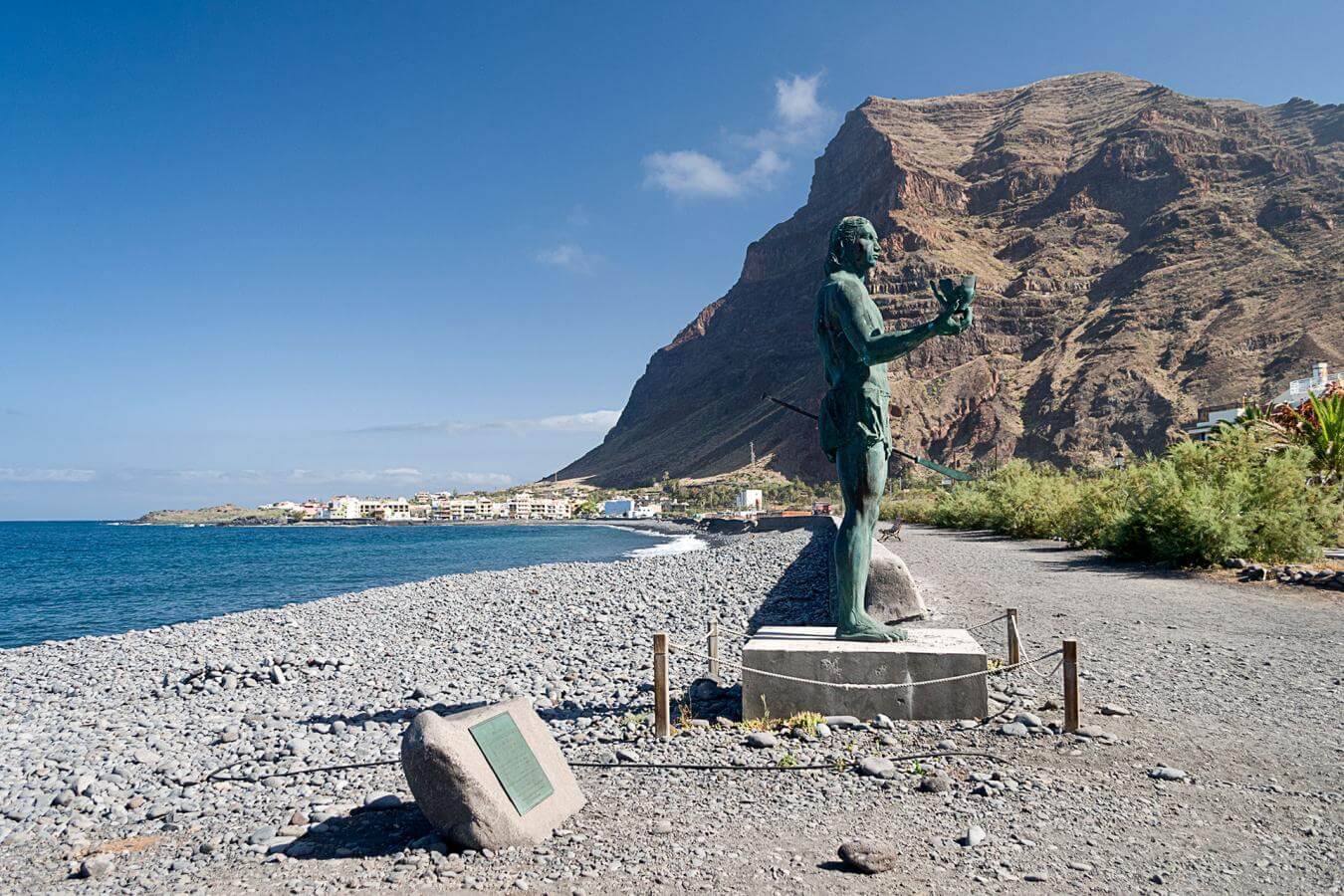


Even if at first they stand no chance of actually understanding the content of what is being said by the whistlers, outside observers of the La Gomera whistle long to understand the meaning. The ebb and flow of the pinched sounds seem to prove the profundity, originality and tremendous variety of human communication. Visitors to the island have been known to remark that their senses are shaken so much by the sounds of the whistle it is as if the language is stored in their emotional memory forever. No wonder that in 2009 UNESCO declared the whistled language an example of the Intangible Cultural Heritage of Humanity.
“It is a long-distance communication system, a bit like WhatsApp that we have today,” says master whistler Diego Chinea. “But there is no technology connected to it, so there are no issues of network coverage however high or remote the whistler might be.” At the age of 19, Chinea is part of the Organisation of the La Gomera Whistle created in 2018 in collaboration with the University of La Laguna (Tenerife) to help promote La Gomera’s cultural heritage. Although the history of the safeguarding of the La Gomera whistle began earlier, the first legal steps to protect the whistle began in 1999 when the the Canary Islands Parliament enshrined in law the protection of the La Gomera whistle in all centres of education. The importance of this conservation strategy was given global recognition with the UNESCO decision of 2009. “Before the fifteenth century the indigenous population used to put watch whistlers on the highest points of the island in case of attack by pirates. Whistlers were also used to transmit messages in case of death, illness or other newsworthy event. The entire island used the whistle to communicate,” Correa says. Because of the extent to which knowledge of the language had spread the peculiar sound of the whistle could travel the entire island from the mountains to the coast as men and women picked up messages and passed them on using the air, throat, tongue and fingers. “It was important that messages [in this historical period] were transmitted because people’s lives were at stake,” Correa adds. Considering the usefulness of being able to communicate over a rugged island territory it is unsurprising that the Spanish let the population continue their custom of whistling after their occupation of the island in 1402.
From the spoken to the whistled word
Today more than 20,000 people in La Gomera know how to use the whistled language. Uptake of whistling has been boosted by the La Gomera Whistled Language School, La Aula Insular del Silbo Gomero, which takes students from all ages. While Judian Hernández is giving a demonstration of the whistled language at the school, through an adjacent window a woman leans out of her window. “Listen to that bird,” the neighbour says. “She whistles very well.” The intrigued neighbour remains in her post as a ten-year-old boy, Miguel García Herrera, whistles together with the teacher. Then Miguel’s brother Ángel joins the conversation. Vibrations bounce from building to building, as the whistling trio chat about going to the beach that afternoon. Sometimes it is noticeable that whistled sounds have to be repeated several times to clarify what has been said. “Our language doesn’t have all the vowels and consonants, so the receiver must make sure that he or she has heard the content of the whistle correctly. The context is very important in a whistled conversation. A whistled word can have up to thirty different meanings in spoken communication,” says Judian Hernández.
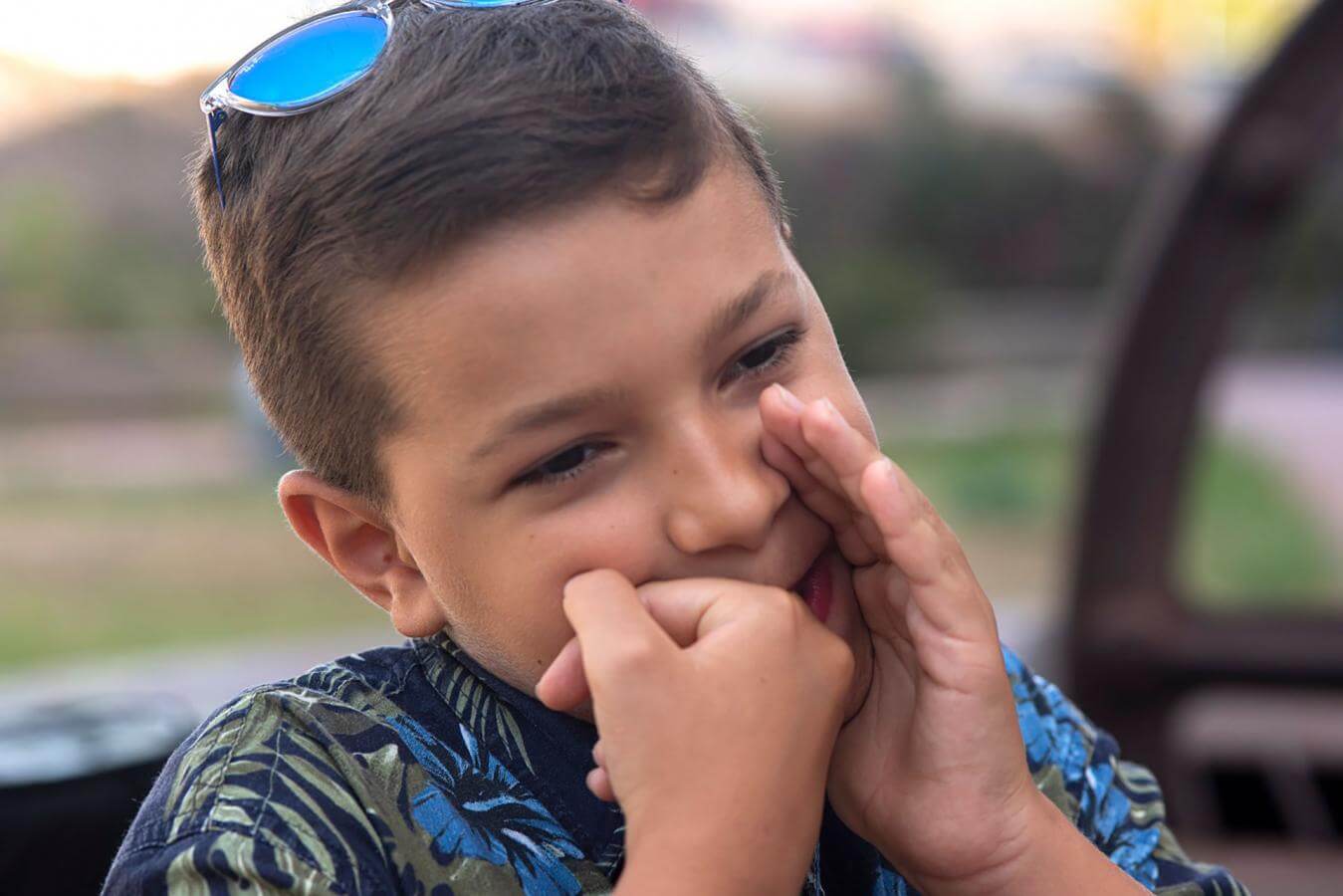
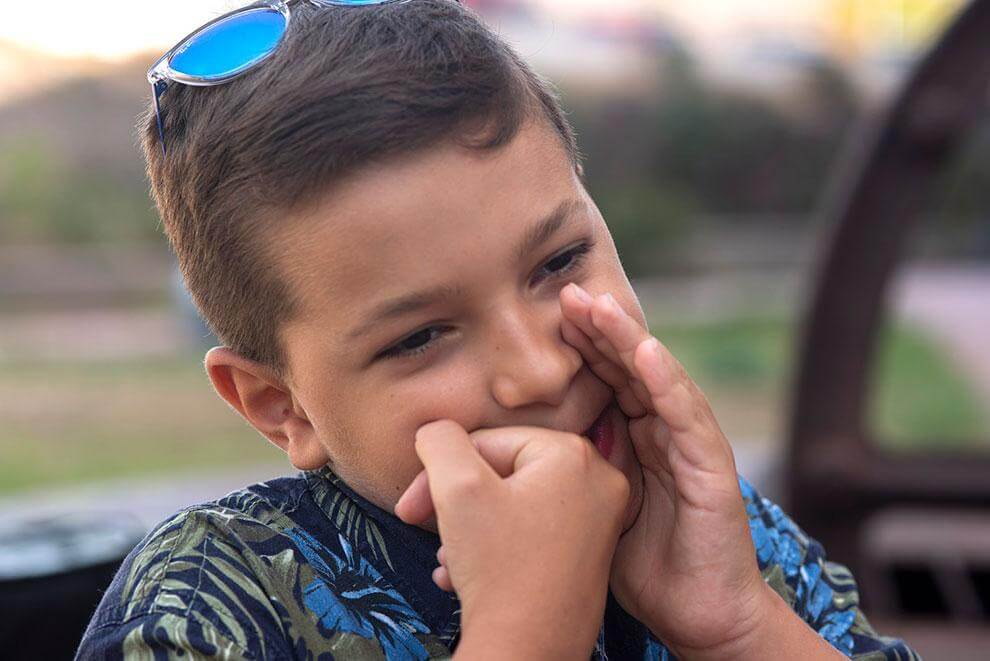




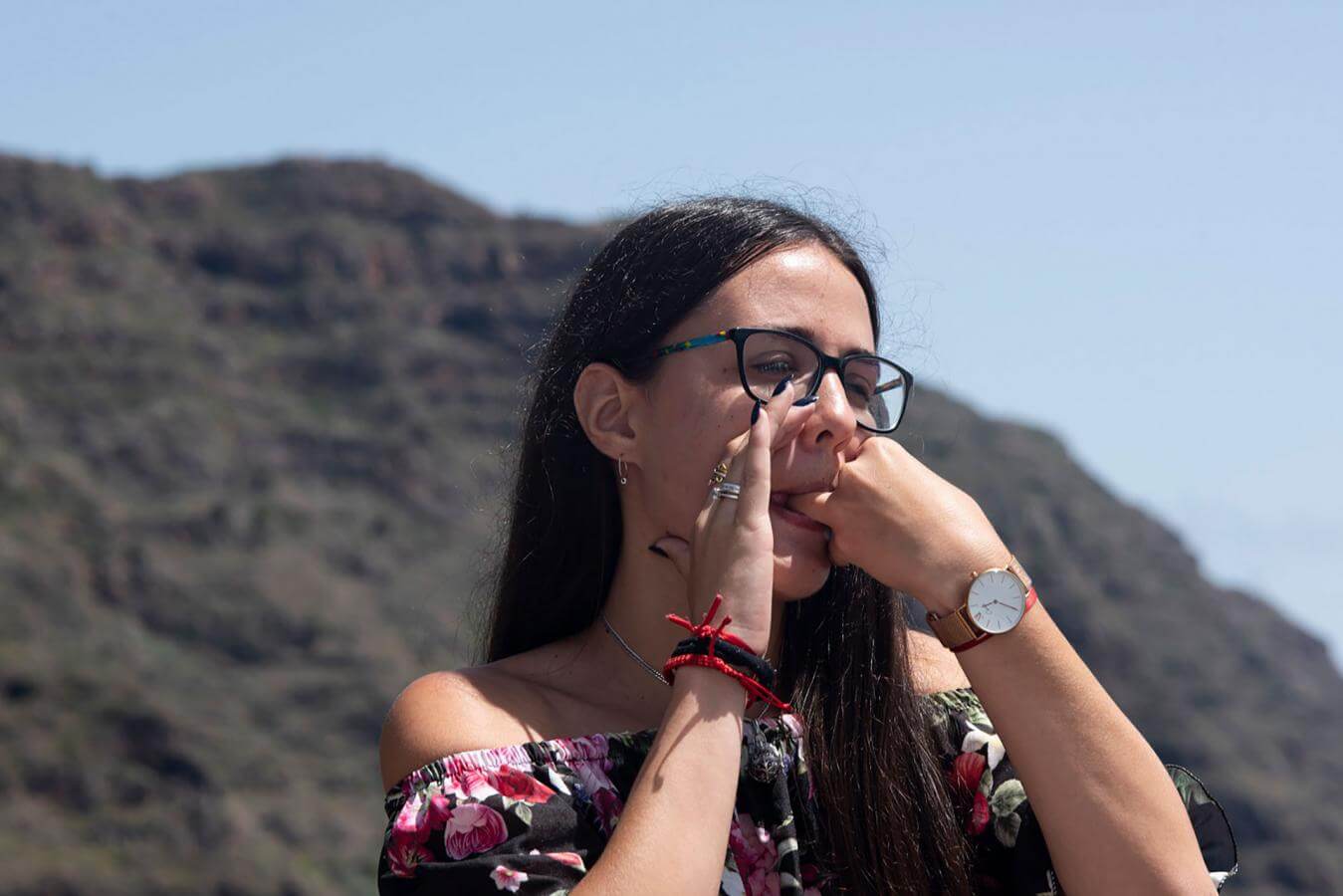
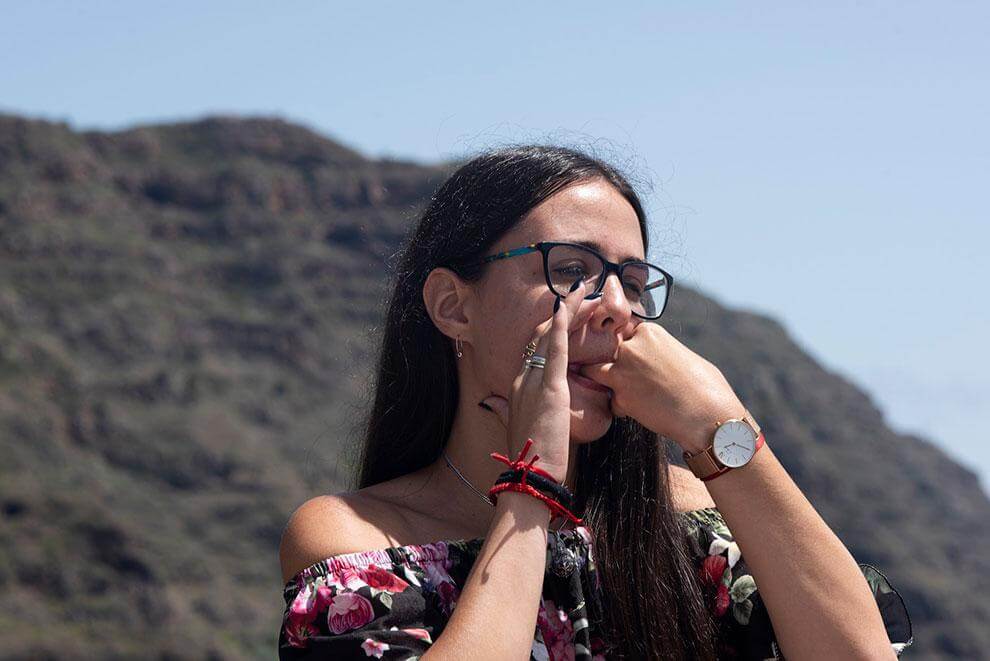

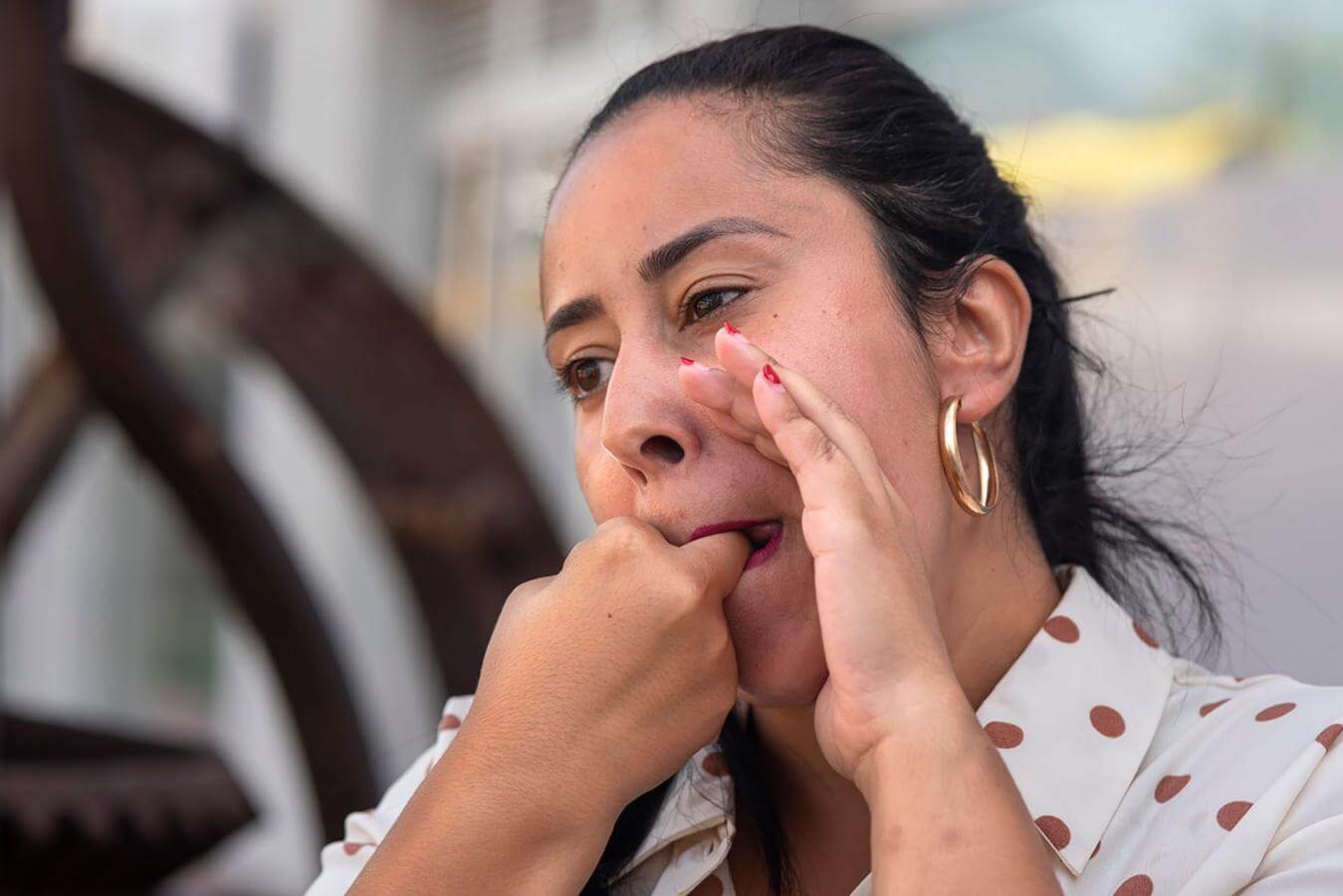


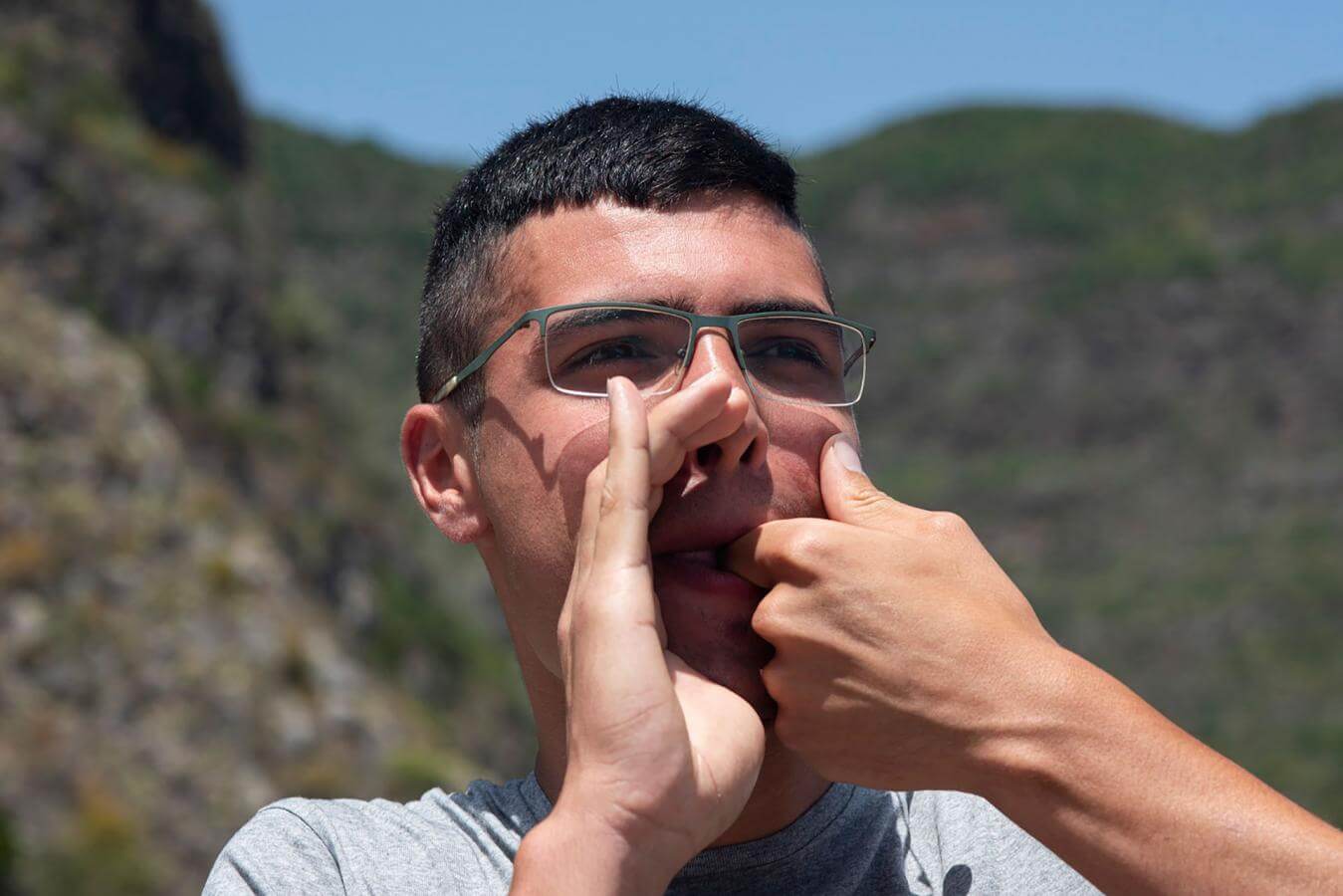
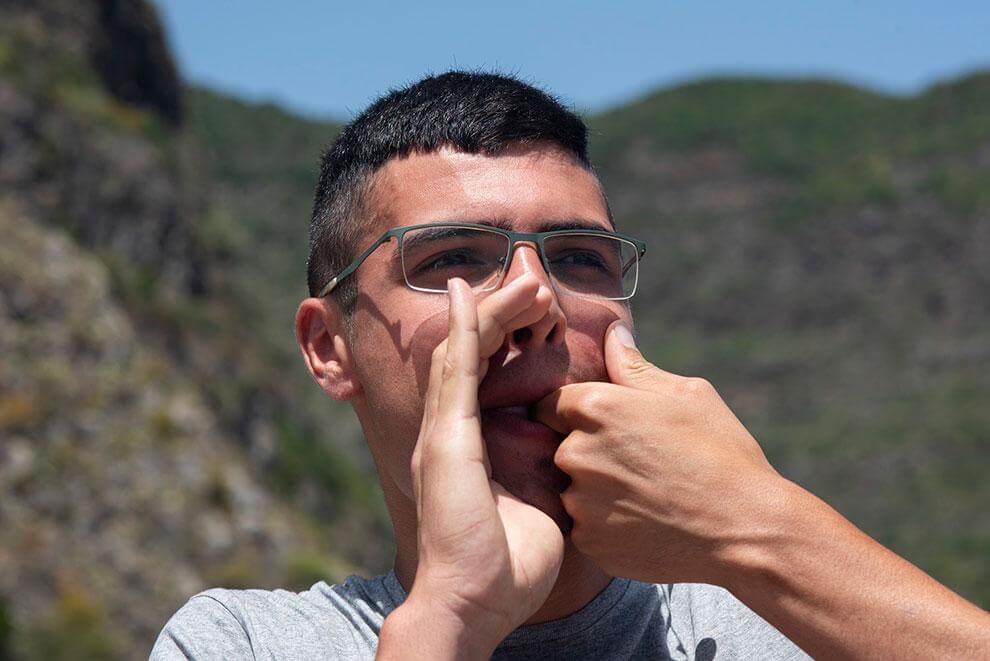

Got Talent television show and the Cannes Film Festival fall for the allure of the La Gomera whistle
Ten-year-old Miguel García Herrera appeared in the 2019 version of the Got Talent television show to demonstrate to the world the extraordinary whistled language of his island. Back at the language school he explains what it was like in front of the cameras on set: “I whistled to my partner Irún Castilla, but at first he didn’t understand me. We had to whistle for a while to sort out the words...I was nervous, but my family was there which helped a lot.”
The Got Talent show of 2019 hasn’t been the only show that has recognised the value of the whistled language of La Gomera. “In the last decade many film crews have come to the island with the express purpose of shooting footage of the La Gomera whistle,” says Kiko Correa, co-ordinator of the regional project Teach the La Gomera Whistle. Among the national and international films and documentaries, the Franco-Romanian feature film "La Gomera" (or "The Whistlers" as it was originally titled) stands out. It was directed by Corneliu Porumboiu and wowed crowds at the Cannes Festival. Master whistler Kiko Correa was in charge of teaching La Gomera’s whistled language to the actors in the film. "They whistled in Romanian," Correa says. Before the actors landed on La Gomera they were prepared over Skype. Once on the island they took intensive seven hours per day classes with Correa. “You learn quickly if you practice a lot,” says Correa. “Once you know how to put your fingers in your mouth properly and arrange your tongue, it’s just a matter of practice.”



Whistle in any language
The La Gomera whistle is a long-distance communication system which takes units of speech from a spoken language and transfers it to the whistle. Though the La Gomera whistle is a simple system, any word spoken on the planet – however complex – can be converted into a whistled sound. Today La Gomera’s whistled language is integrated into the curriculum of primary and secondary schools on the island. It can be expected therefore that this unusual means of communication will be preserved and remain a part of the Gomeran culture for visitors of the island to enjoy for many years to come.
